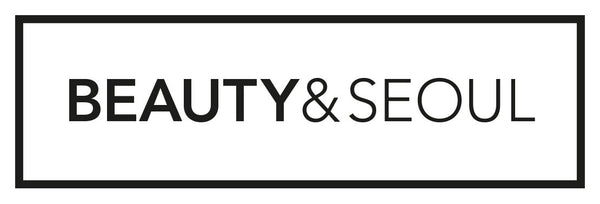How to find out your skintype
Back to basics
We get asked many questions at Beauty & Seoul around product recommendations and the first question I always ask in return is ‘what’s your skin type?’ It struck me the other day whilst talking with my friends that many people don’t actually know what their skin type is, and when I put this to a vote on my personal Instagram to friends, it turns out nearly 60% are in this clueless section.

Low and behold, when I switched to a more balanced, hydrating routine, my skin cleared, looked brighter and felt smoother. Looking back, it was probably my fierce use of exfoliators, stripping toners and alcohol-containing moisturisers that led my skin to be dry as a desert. And there was me thinking I was keeping my ‘oily’ skin at bay. Thankfully, I’ve seen the light now! Thinking about my own skincare journey, I realised that years back I was also in this pool of people. I had always presumed, like many, that I had combination skin verging on the oily side. Combination skin sounded like it covered all bases, right? But it wasn’t until I had my first facial back in Seoul in 2014 that the esthetician turned to me and said ‘wow, you have super dry, sensitive skin’. Well, that’s news to me lady!
Your skin’s base state
Knowing your skin type is important in crafting your own routine, and it is also important to note that it can change over the years due to environment, hormones etc. My experience has also been that those with oily skin shy away from oil, and those with dry skin can sometimes drown their skin in oils and highly moisturising products. And whilst this can be at times effective, balance is key. Adding too much oil could lead to a decrease in natural oil production; and conversely, using stripping products can dry up your skin to the point where the skin’s barrier is impaired.
These days, I would class my skin as normal / dry. And over the years, I have found out what works for my skin and what doesn’t. You too, can build up this profile of your skin but it does start with understanding it’s ‘base state’.
The four skin types
Fundamentally, there are four common skin types. Oily, Combination, Normal and Dry. Please note this differs from skincare concern – more on that later.
Oily Skin – refers to the state of the skin that produces excess oil. Usually, this oil will be around the t-zone (forehead, nose and chin). Oily skin will often look shiny and greasy. The build-up of oil can often lead to breakouts and blemishes due to the fact that pores can become clogged and congested.
Combination Skin – As the name suggests, combination skin contains both oily and dry patches. Usually, combination skin types have greasy t-zones and normal to dry skin on their cheeks.
Normal Skin – The promised land of Normal Skin means that your skin is well-balanced and contains the right amount of oil. You are usually not prone to breakouts or flakiness of the skin
Dry Skin – dry skin can feel rough to the touch, red, irritated or sometimes even itchy. It too can be prone to blemishes and breakouts due to the skin’s barrier being impaired.
How can I tell what my skin type is?
There are usually two ways in which you can test what skin type you have – The Blotting Sheet Method and the Bare Face Method. Personally, I find the Bare Face Method the best so you can actually feel what the base state of your skin is like rather than assessing how much oil is on a blotting sheet (can be somewhat subjective) so that’s what I’m going to talk about.

Start by washing your face with a foaming cleanser, then pat dry or leave to dry naturally. 20 minutes later, without applying toner or moisturiser, examine how your skin looks and feels.
- Is there any redness?
- What areas feel tight?
- Does it appear shiny?
If there are any areas that appear red, this likely means you verge on the dry side whereas if your skin doesn’t feel tight, then you may have normal to combination skin. Oily skin types will feel fine and still appear a little shiny. Try smiling and if you feel any tightness in the cheek area, this likely means you have combination to dry skin.
How do I find products based on my skin type?
On our website, we have changed our categories to skin type and skin concern. Skincare concern may be things like – acne prone, anti-ageing and sensitive and as such we have separated these on our website. For example, you may have dry skin that is acne prone, oily skin that is sensitive. Depending on your base state, and what skin issue you are trying to tackle, you can filter on what products you are interested in.

And as always, if you have any questions about routines or any of our products, you can email me on maree@beautyandseoul.co.uk
